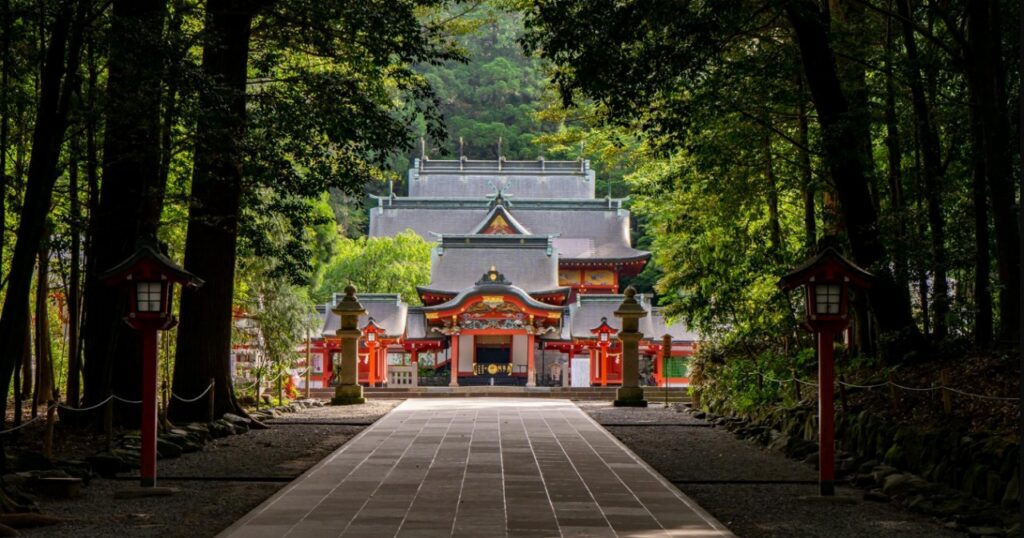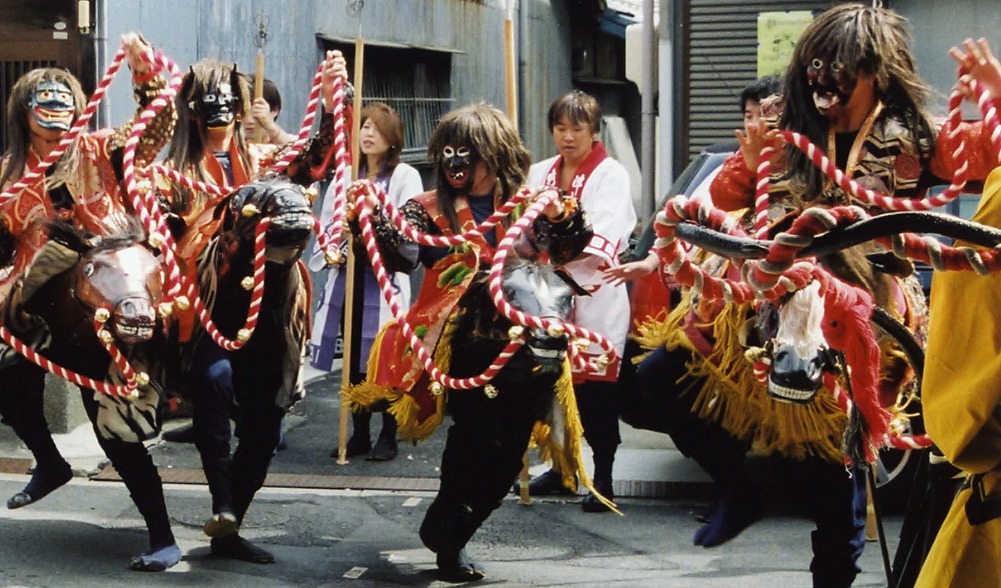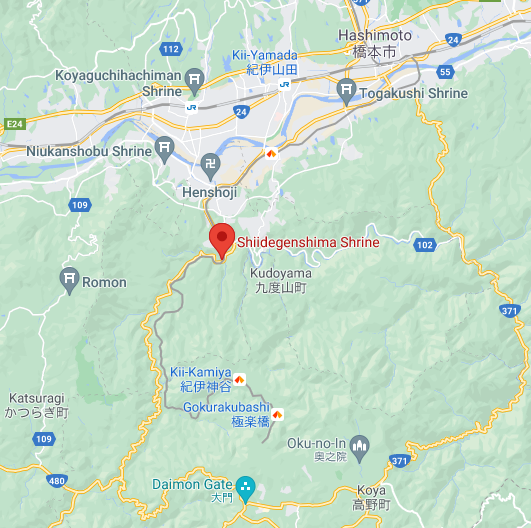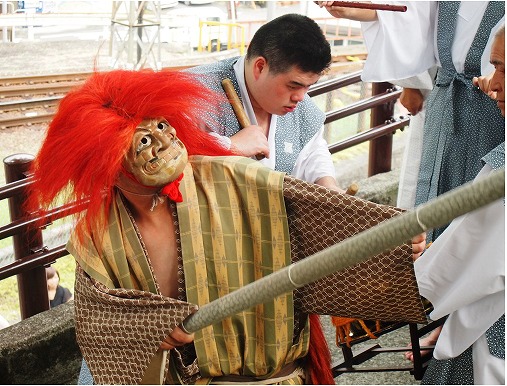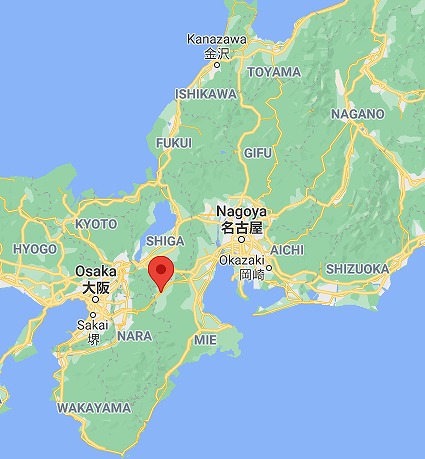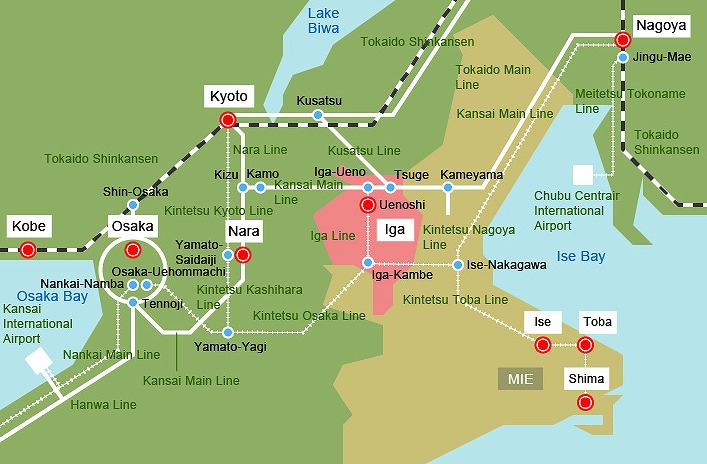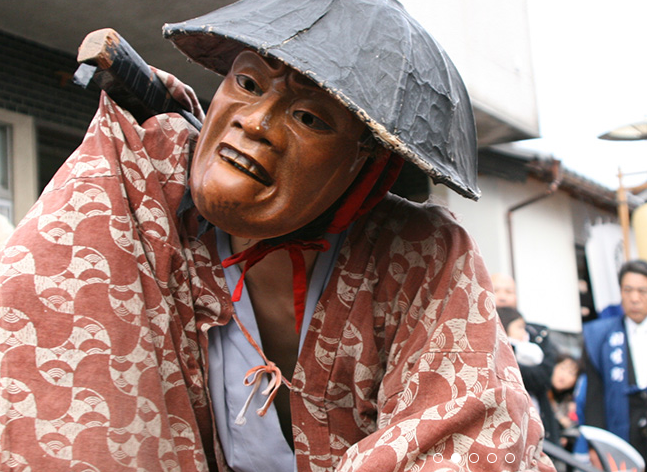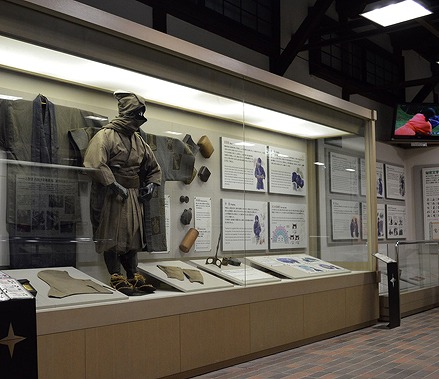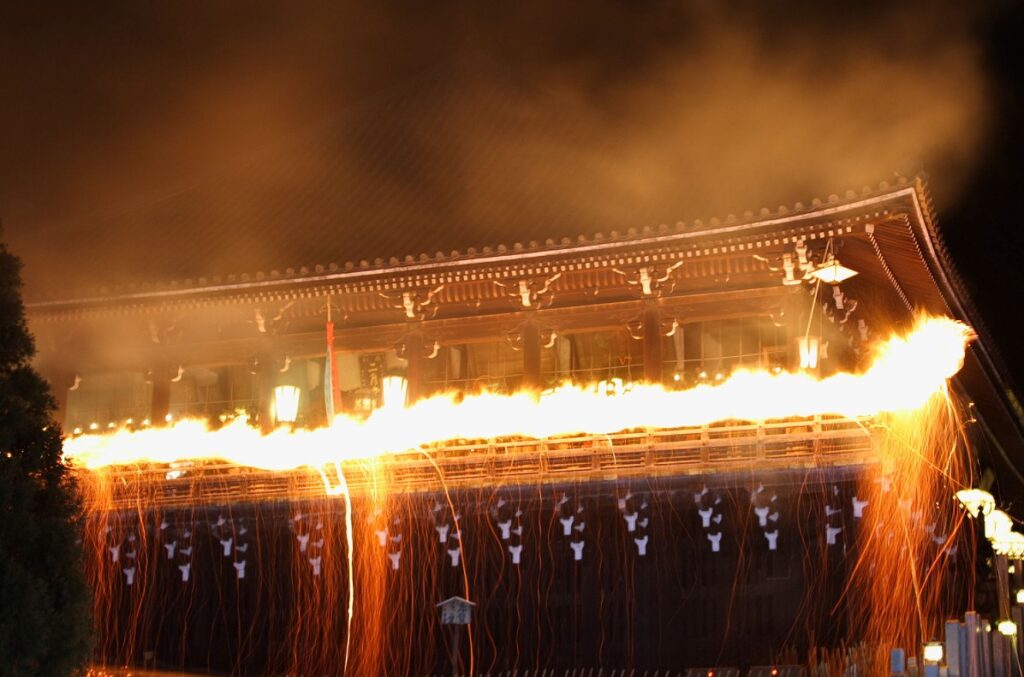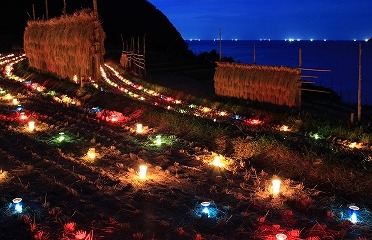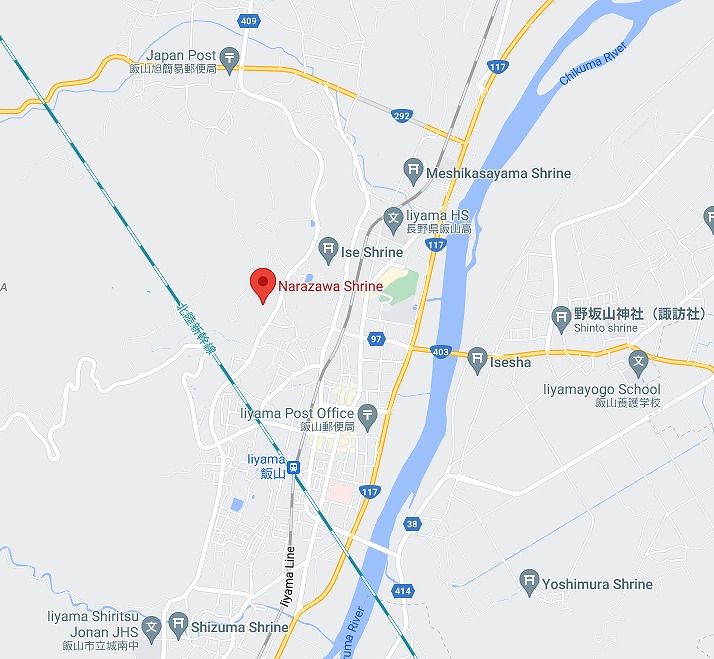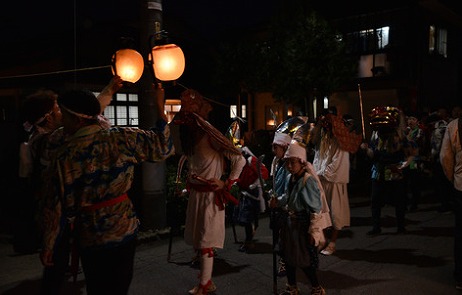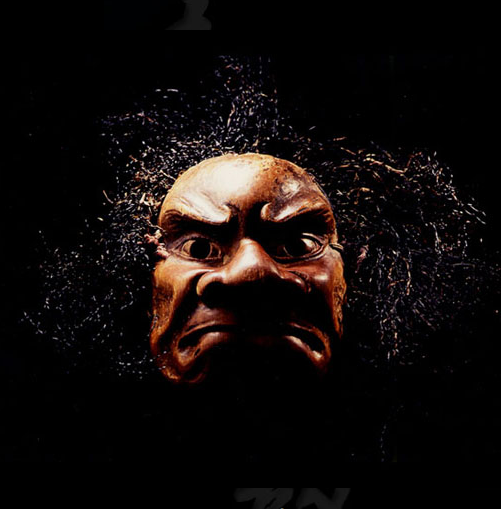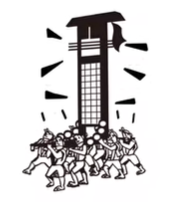Shishi dance in Ruri-dera temple

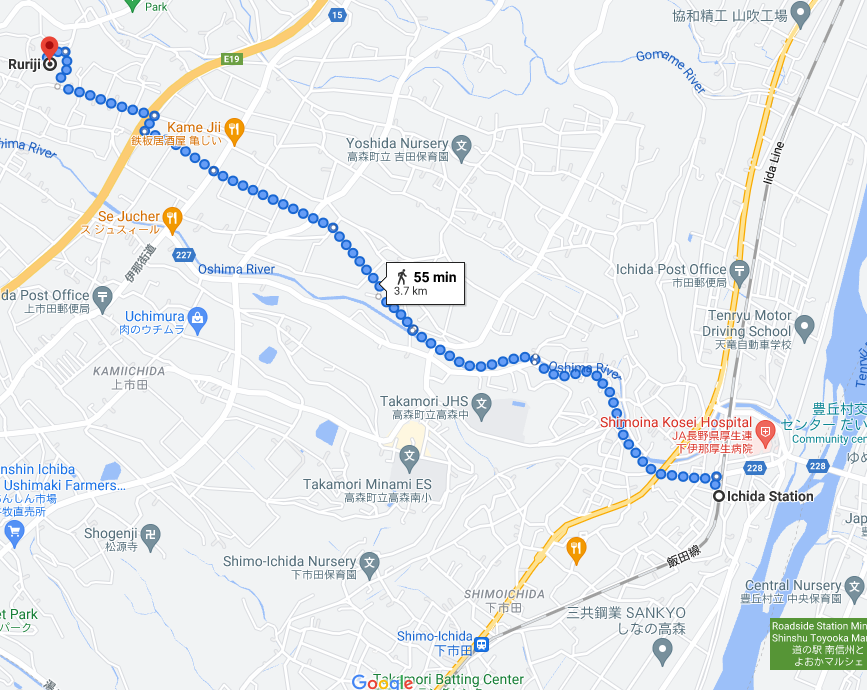
People say that there are seven valleys in Ina 伊那. The transportation is not so convenient. It takes 20 minutes by train from Iida Station, the main station of the region, to Ichida Station, the nearest station of this festival. It takes about 30 minutes to walk from the station. There is only one train every hour or so. That is how deep the mountains are in the region, but that is why so many performing arts remain. The biggest feature of this area is the appearance of a huge lion called “Yatai Shishi 屋台獅子”. There are many “yatai” lion dances in the area, but the lion dance of Ruri-dera temple 瑠璃寺 is considered to be the origin of all of them. It is said to have a long history, dating back about 600 years. However, the current form started about 120 years ago.
What is “Yatai Shishi” ?
A yatai lion is a large cart made of wood and bamboo that people enter and operate. It is easy to imagine it as a giant bamboo basket. It has wheels on both sides to move it. It is about two meters high, two meters wide, and seven meters long. There are about 20 drums, flutes, and other musical instruments inside, and a curtain is placed over the top to resemble a lion’s body. Only the leader of the group controls the lion’s head.
The feature

http://iimachi.net/ms/3319/
One of the features of Ruri-dera temple is the large number of characters that appear in it. The main character guiding the lion is “Uteno 宇天王”. Then there are two ogres who protect the lion, and a monkey who is a messenger of the shrine. The event is held at a temple called Ruri-dera temple, which also houses a shrine called Hiyoshi 日吉 Shrine. The fusion of shrines and temples is characteristic to Japan. To begin with, the people of the time learned the lion dance from the Hiyoshi Shrine in Kyoto. There is also a recently revived character named “Ranryo Oh 蘭陵王”. He dances before the lion dance. “Ranryo-oh is one of the oldest Japanese musical forms called bugaku 舞楽, which combines music and dance from the continent with traditional Japanese music and dance. For this reason, the entire lion dance is very elegant, accompanied by the sounds of bugaku.
Procession
At around 12:30 pm, small monkeys played by children begin to patrol the area. Eventually, at one o’clock, the sutra reading ceremony begins. After that, the lion dance begins.
The monkeys organize the audience with their silly movements. Then two demons come out to intimidate those who are out of line. Then, in front of the guest hall, there is a large lion with its head on the ground, asleep. The main actor, “Uten-oh” appears and wakes up the lion. When the lion is woken up, it is in a bad mood and starts to yell, but Uten-oh soothes it. Then he slowly leads the lion outside. This is how the lion’s journey to the main shrine, 500 meters away, begins. It is late spring, and the cherry blossoms begin to fall in the plains at the beginning of April, but here in the highlands, the cherry blossoms finally come into full bloom around this time. Under the cherry blossoms in full bloom, the lion slowly moves forward with the guidance of Uten-oh, accompanied by elegant old music. The journey takes about 30 minutes.
When you arrive at the main shrine, you will be given a “shishibana” which was used as the tail of a lion. This is a piece of bamboo with flowers made of five different colors of Chiyogami paper. People take these home and offer them to their Buddhist altars or display them on their altars.
In October, there is an event where all the lion dancers in the area are gathered, but this lion dance is not included in the event. In the first place, it has rarely been seen outside. Therefore, this is a rare opportunity to see it. On Saturday nights, there is also an illuminated road on the way. If time permits, I recommend staying overnight and taking your time to enjoy it.







